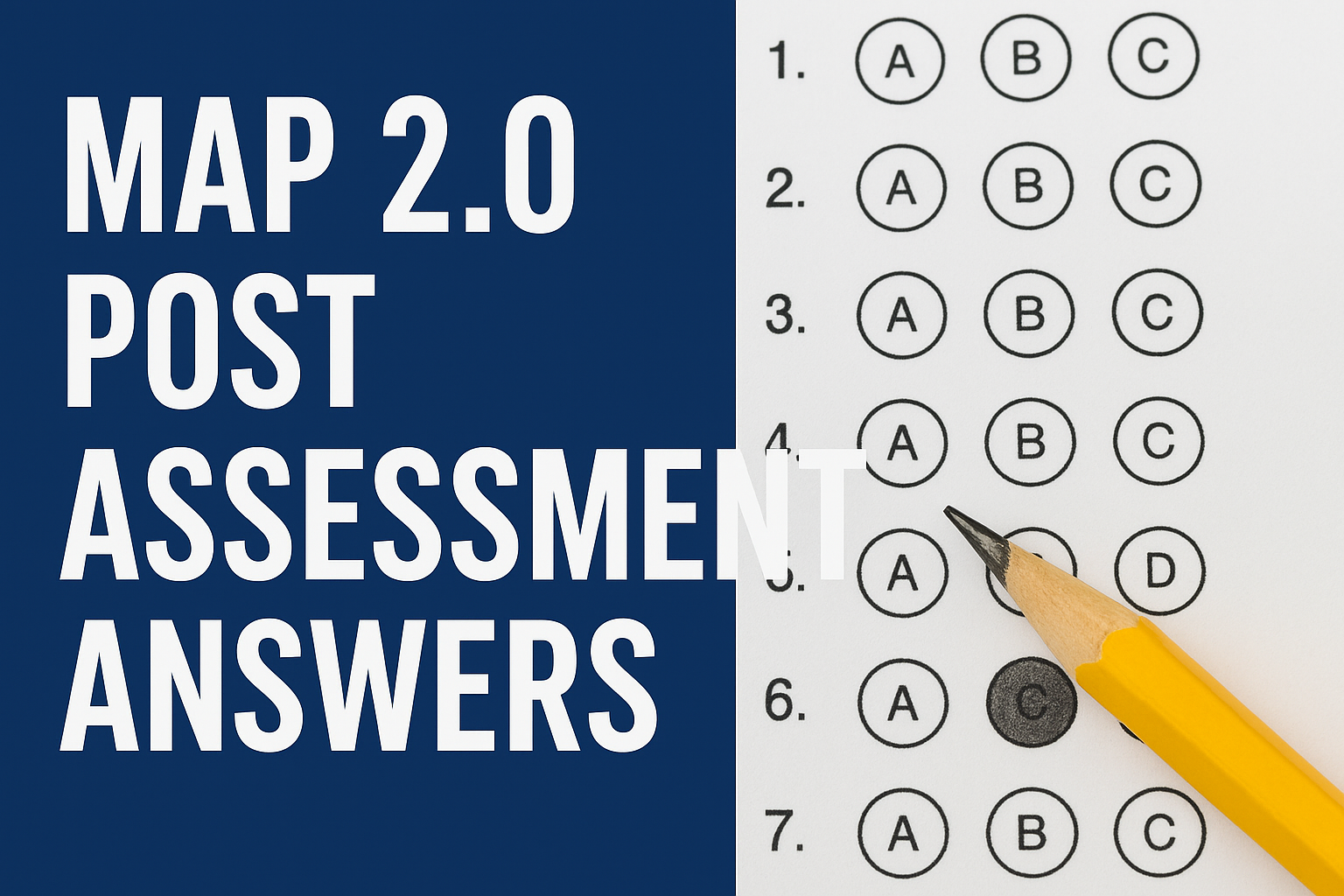In the ever-evolving world of higher education and institutional transparency, few stories stir as much intrigue and conversation as “Rowdy Oxford Integris.” The phrase itself sounds like the title of a suspense novel, but beneath its peculiar surface lies a tale rooted in real-world academic controversy, moral dilemmas, and questions about integrity.
The term “Rowdy Oxford Integris” has rapidly become a buzzword among students, educators, analysts, and the general public. It captures the fiery collision between tradition and rebellion, ethics and chaos, and leadership and accountability. While many still try to decipher the full scope of this phenomenon, the narrative continues to unfold, demanding a closer look at the institutions and individuals involved.
This article peels back the layers of the mystery behind the term, diving into its origins, stakeholders, societal implications, and lasting effects. Whether you’re an academic, a concerned parent, or a casual observer of institutional affairs, understanding Rowdy Oxford Integris provides a vital glimpse into how authority, ethics, and reputation collide in today’s digital world.
Understanding the Key Players
Who is Rowdy Oxford Integris?
Despite sounding like the nickname of a renegade scholar or rebellious thinker, Rowdy Oxford Integris is believed to be more symbolic than literal. The name has been adopted across online platforms and forums to represent voices challenging the status quo in traditional academic settings—especially those that are deeply rooted in centuries-old customs like those of Oxford University. Whether the term refers to a person or a persona, its growing usage suggests it stands for those unafraid to confront institutional rigidity with raw authenticity.
In recent months, several anonymous figures using the “Rowdy Oxford” handle have published blog posts and exposés criticizing the inner workings of academic elitism, favoritism, and lack of transparency within prestigious institutions. While none of these figures have officially identified themselves, the digital footprint they’ve left behind has forced many to consider the need for reform and accountability in education.
What is Integris?
Rowdy Oxford Integris, on the other hand, refers to a networked organization or institutional body that claims to uphold high ethical standards. It’s known for promoting values such as honesty, integrity, and transparent governance—particularly in educational and healthcare contexts. However, amid the growing controversy, critics have questioned whether Integris lives up to its virtuous branding.
Before the scandal broke out, Integris was largely viewed as a benchmark of excellence. From faculty partnerships to thought leadership conferences, the institution had positioned itself as a moral compass in modern academia. But once the accusations and internal reports began circulating, the gap between the public image and the behind-the-scenes reality became increasingly evident.
The Origin of the Controversy
Timeline of Events
The firestorm began when a leaked memo, reportedly from within Rowdy Oxford Integris, was posted anonymously on a Reddit forum. The document detailed a series of unethical decisions involving biased admissions processes, internal cover-ups, and mismanagement of funds. The signature on the memo? “Rowdy Oxford.”
Following the leak, more documents and testimonies emerged from whistleblowers claiming to be current or former employees of Integris. These insiders accused senior officials of systematically burying complaints, manipulating research outcomes, and engaging in nepotistic hiring practices. The media quickly picked up the story, and the once-respected Integris found itself under a blazing spotlight.
Within a matter of days, news outlets across the globe were covering the situation. Social media exploded with hashtags like #RowdyOxfordRevealed and #IntegrisTruth. Students began demanding answers, and faculty members were forced to respond. What had started as an anonymous leak spiraled into a full-blown reputational crisis.
Internal Conflicts and Leaks
The leaks revealed a fractured organization struggling to maintain a polished façade while ignoring internal discontent. One particularly damning report highlighted how complaints from minority students were routinely dismissed or rerouted through bureaucratic loops until they lost momentum. Another detailed how research funding was diverted to favored projects with connections to board members.
Integris attempted damage control by issuing press statements claiming the documents were “taken out of context” and “do not reflect the values of the institution.” However, further leaks continued to contradict their narrative. It became clear that there were systemic issues deeply rooted in the organization’s leadership and practices.
The Cultural and Ethical Implications
Clash Between Academia and Ethics
The term “Rowdy Oxford Integris” quickly grew beyond its initial scandal, symbolizing the greater battle between age-old academic practices and modern ethical demands. For decades, prestigious institutions like Oxford have operated with a level of autonomy and reverence that often shields them from accountability. But this scandal shattered that illusion.
As questions about power, privilege, and transparency took center stage, students, educators, and activists began calling for comprehensive reform. The issue wasn’t just about Integris—it became a broader critique of institutional complacency across academia. The scandal reminded the world that no entity is too elite to be questioned.
Media’s Role in Amplifying the Drama
The media played a pivotal role in shaping public perception of Rowdy Oxford Integris. While investigative journalism brought many truths to light, sensationalist reporting often exaggerated or misrepresented key facts. Some headlines misled readers into believing the controversy involved criminal activity, while others glorified the anonymous whistleblower as a hero or villain without proof.
Social media, meanwhile, fueled polarized debates. Supporters praised the whistleblowers for their courage, while detractors accused them of destabilizing an otherwise reputable institution. The rapid spread of information—factual or not—made it difficult for the truth to emerge clearly from the noise.
Institutional Response and Public Backlash
How Integris Responded
Initially, Rowdy Oxford Integris adopted a defensive tone. Their early statements framed the controversy as an orchestrated smear campaign. But as pressure mounted, they shifted gears. A public-facing “ethics review committee” was quickly established, and several senior officials were either placed on leave or resigned.
Despite these actions, the damage to their credibility was severe. While some praised the institution’s willingness to investigate itself, others viewed the response as too little, too late. The absence of transparency during the initial fallout only deepened public mistrust.
Public Reactions and Movements
From candlelight vigils to digital petitions, the public made their voices heard. Student unions across the UK passed resolutions demanding reforms. Faculty members issued open letters calling for structural changes. Online, movements like Rowdy Oxford Integrisgained traction, mobilizing people worldwide to discuss academic reform.
Some saw this as a watershed moment—a chance to rebuild institutions from within. Others, more cynical, believed the scandal would eventually be swept under the rug, as similar ones had in the past. Regardless, the incident ignited a passionate dialogue that continues to this day.
Long-Term Impact and Lessons Learned
Reputational Damage or Redemption?
Whether Integris will fully recover from the scandal remains uncertain. While some signs of reform are visible, the trust lost among students and faculty may take years to rebuild. Meanwhile, “Rowdy Oxford” continues to be a rallying cry for those demanding integrity from institutions that claim to stand for it.
Interestingly, other universities and organizations have begun reevaluating their own policies in response to the scandal. This ripple effect suggests that even a single controversy—when properly exposed—can catalyze broader cultural change.
What This Means for Academia and Institutions
At its core, the Rowdy Oxford Integris controversy exposes the fragility of reputation without accountability. It serves as a potent reminder that ethics must not just be espoused, but practiced—consistently, transparently, and without bias.
Academic institutions worldwide Rowdy Oxford Integris are now more aware of the power of whistleblowers, digital movements, and public scrutiny. If they wish to avoid a similar fate, transparency, fairness, and responsiveness must become central to their operational ethos.
Conclusion
The tale of Rowdy Oxford Integris is more than a scandal—it is a cultural wake-up call. It shows how institutions once thought untouchable can be brought to their knees by the truth. More importantly, it illustrates the power of courage, collective action, and ethical accountability in shaping the future of education.
As the world continues to observe how Integris navigates its path to redemption, the core question lingers: Will this be a moment of reform or just another page in a history of overlooked scandals?




